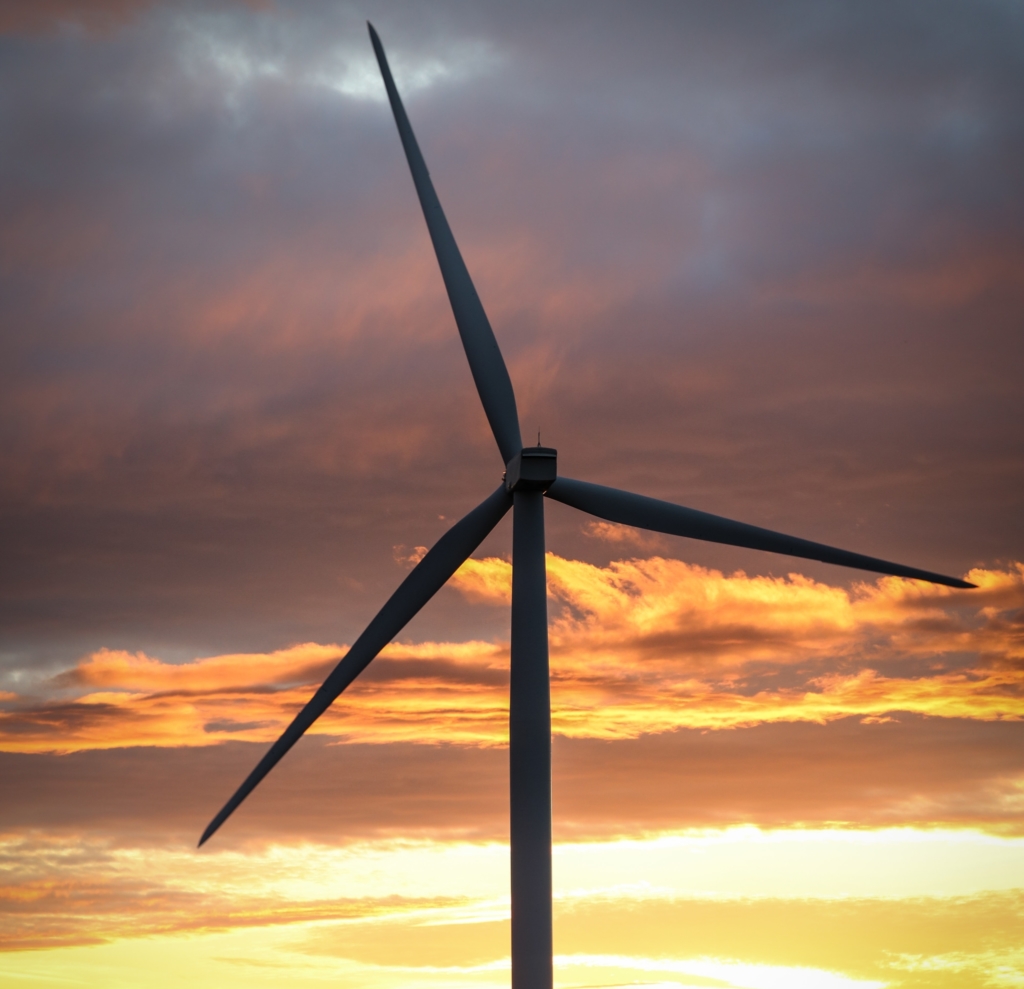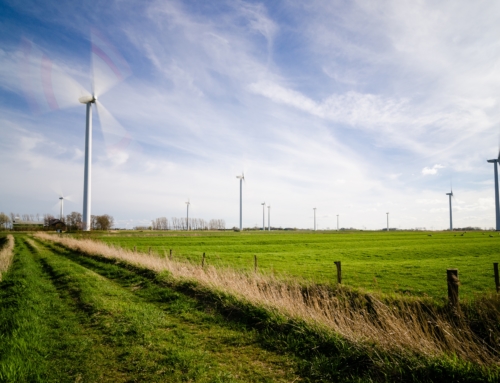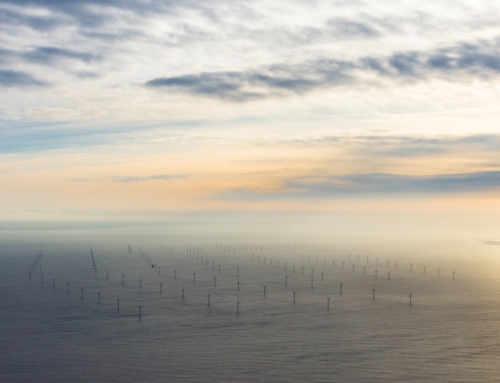Wind energy is a growing industry, with very good reason! It’s a renewable energy source, helps conserve water, creates jobs, and promotes the domestic economy in the United States. The wind is an important source of renewable energy and accounts for 6.3% of the nation’s electricity supply.
We frequently discuss wind power and some of the top reasons why it is such an impressive energy source on our blog. Continue reading to learn more about the world’s largest wind turbine.
What is a Wind Turbine?
Before looking into the biggest wind turbine, it’s important to establish and understand the function and basics of wind turbine technology. A wind turbine is a technological device that converts the wind’s kinetic energy into electrical energy. Two different wind turbines are manufactured:
1. Horizontal-Axis Turbines
These turbines typically have three blades, much like airplane propellers. All of the components (including the blades, shaft, and generator) are on top of a tall tower with the blades facing into the wind and the shaft horizontal to the ground. Most wind turbines currently in use are horizontal-axis turbines.
2. Vertical-Axis Turbines
Vertical-axis turbines have blades that are attached to the top and the bottom of a vertical rotor, often said to resemble an egg beater. These types of turbines have been around for centuries, but few of them exist today since they don’t perform as well as horizontal-axis turbines.
Wind turbines are placed together on wind farms, a location that functions as a single power plant that puts electricity onto the grid. Once wind energy is on the main power grid, electric utilities deliver the electricity where it is needed.
Introducing the World’s Largest Wind Turbine
In May 2020, leading wind energy manufacturer, Siemens Gamesa, announced that it will be building the world’s largest capacity wind turbine. The Siemens Gamesa 14MW SG 14-222 DD offshore wind turbine will exceed GE Renewable Energy’s 12MW Haliade-X turbine in terms of capacity and will take its place as the world’s largest wind turbine once it is up and running.
GE’s Haliade-X is currently the most powerful offshore wind turbine in the world. According to the company, “one Haliade-X 14 MW turbine can generate up to 74 GWh of gross annual energy production, saving up to 52,000 metric tons of CO2, which is the equivalent of the emissions generated by 11,000 vehicles* in one year.”
The Siemens Gamesa turbine, which will be commercially available in 2024, features 108-meter-long blades on a 222-meter diameter rotor, with a capacity of 15MW. Siemens Gamesa claims that one turbine will generate enough electricity to power roughly 18,000 average European households every year.
While the new Siemens Gamesa turbine will be a bit larger than GE’s Haliade-X Machine, it’s important to note that until it is fully operational, we won’t be able to know for sure if it will be the most powerful since adjustments can be made to the turbines to improve their output.
Change the Way You Power Your Home
Using wind energy is more affordable and widespread than in the past. Wind turbines generate electricity using offshore wind turbines on oceans and lakes, making it easier to access. The CEO of the American Wind Energy Association said, “Wind now supplies clean and efficient power to the equivalent of 32 million American homes, sustains 500 U.S. factories, and delivers more than one billion dollars a year in new revenue to rural communities and states.”
Supporting the development of wind energy is one of the easiest things you can do to reduce your carbon footprint. Thanks to energy deregulation, people in certain states (including New York and Ohio), can choose a supplier who enables them to offset their energy use and help create a sustainable future through the use of Renewable Energy Certificates (RECs) and Carbon Offsets. Click here to find an innovative energy plan available near you.
*This information is based on wind conditions on a typical German North Sea site.





